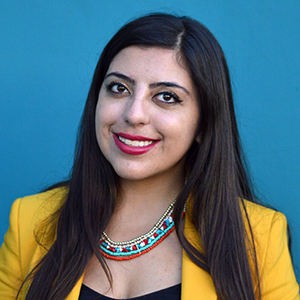From project to runway
As a female scientist who loves to shop while working many hours in the lab, I started a fashion blog in August 2012 called “PhDFashionista” to show others that being a scientist doesn’t mean you have to be boring!
There’s a certain stigma that being in science means you are a nerd or awkward, and I am trying to break those expectations by showing that you can still have a great sense of style while being successful and working hard in research. I also find practical outfits to wear to work while still looking fashionable and obeying the rules of the University of California, Los Angeles, for lab-acceptable clothing.
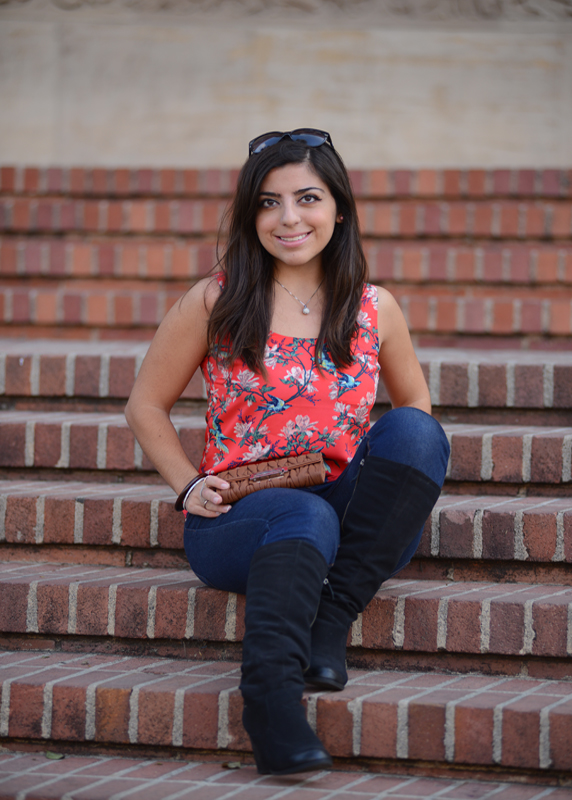 One of the many outfits that Andrea Hadjikyriacou wears to the lab. Find details about the clothes at www.phdfashionista.com.
One of the many outfits that Andrea Hadjikyriacou wears to the lab. Find details about the clothes at www.phdfashionista.com.
On my blog, I post not only outfit details but also beauty and makeup tutorials, looks, inspiration for various holiday outfits, and more! I love to shop, and this gives me an outlet to post about what I enjoy doing in my free time, when I am not in the lab, and also has helped me build a community with other fashion bloggers who aren’t necessarily in science but with whom I have something in common.
Enjoy reading ASBMB Today?
Become a member to receive the print edition four times a year and the digital edition monthly.
Learn moreGet the latest from ASBMB Today
Enter your email address, and we’ll send you a weekly email with recent articles, interviews and more.
Latest in Opinions
Opinions highlights or most popular articles
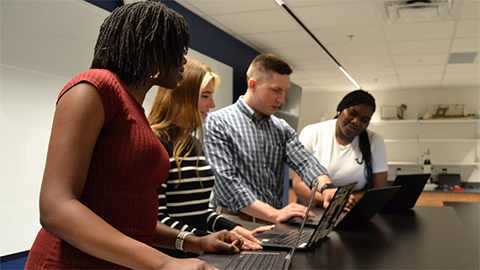
Debugging my code and teaching with ChatGPT
AI tools like ChatGPT have changed the way an assistant professor teaches and does research. But, he asserts that real growth still comes from struggle, and educators must help students use AI wisely — as scaffolds, not shortcuts.

AI in the lab: The power of smarter questions
An assistant professor discusses AI's evolution from a buzzword to a trusted research partner. It helps streamline reviews, troubleshoot code, save time and spark ideas, but its success relies on combining AI with expertise and critical thinking.
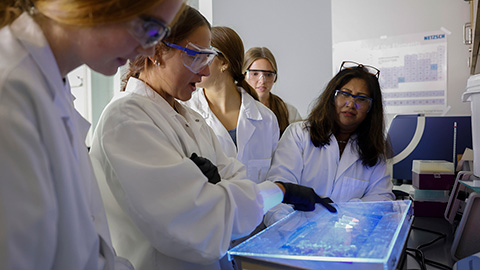
How AlphaFold transformed my classroom into a research lab
A high school science teacher reflects on how AI-integrated technologies help her students ponder realistic research questions with hands-on learning.
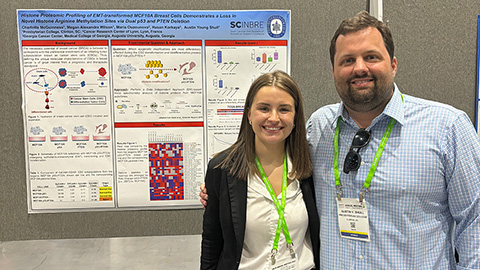
Writing with AI turns chaos into clarity
Associate professor shares how generative AI, used as a creative whiteboard, helps scientists refine ideas, structure complexity and sharpen clarity — transforming the messy process of discovery into compelling science writing.
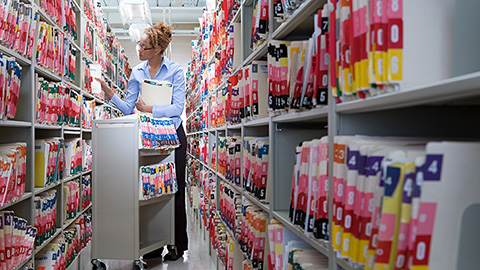
Teaching AI to listen
A computational medicine graduate student reflects on building natural language processing tools that extract meaning from messy clinical notes — transforming how we identify genetic risk while redefining what it means to listen in science.
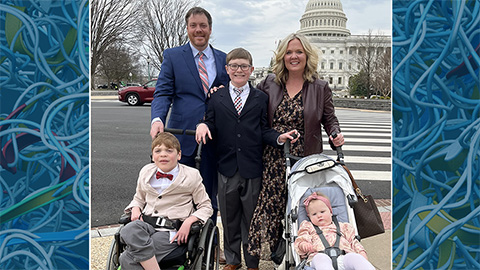
What’s in a diagnosis?
When Jessica Foglio’s son Ben was first diagnosed with cerebral palsy, the label didn’t feel right. Whole exome sequencing revealed a rare disorder called Salla disease. Now Jessica is building community and driving research for answers.

